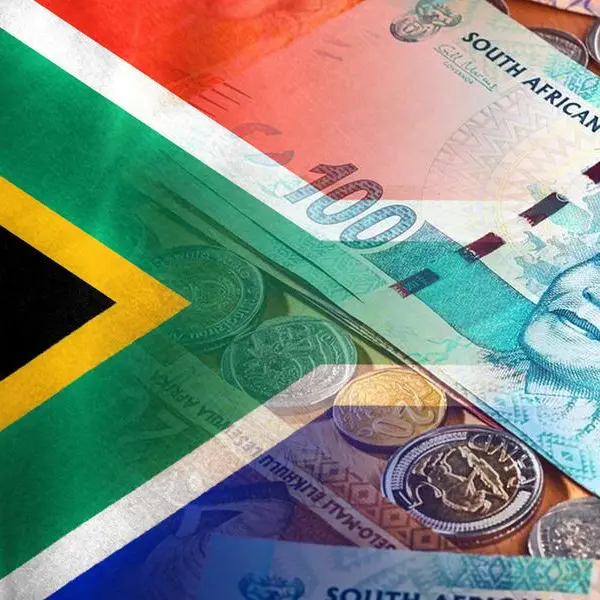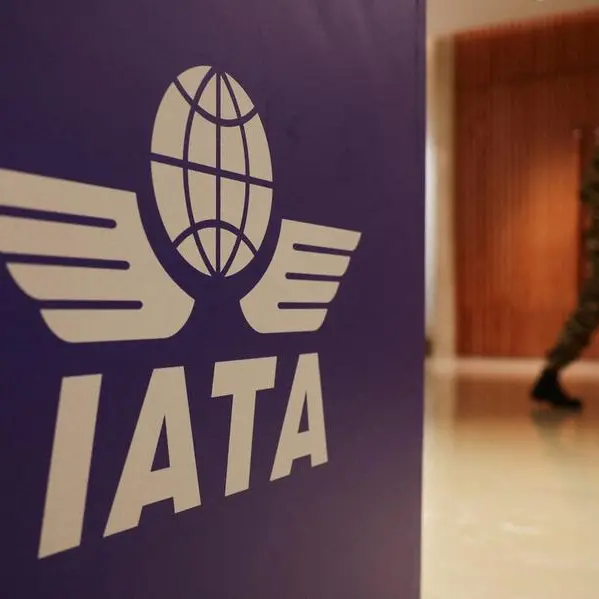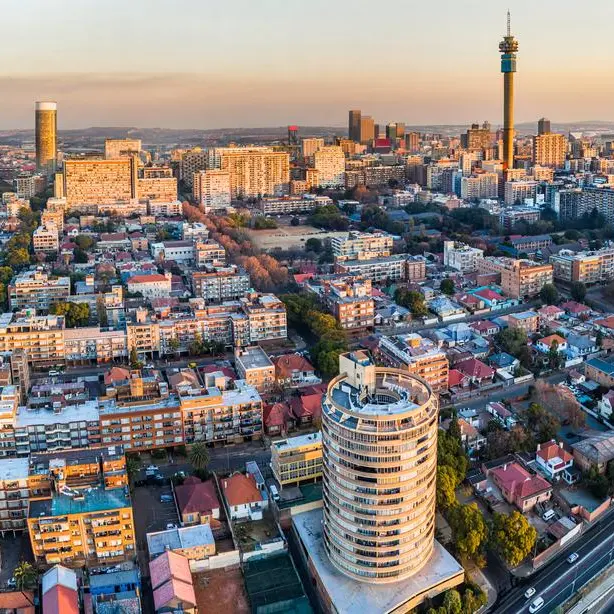PHOTO
The International Monetary Fund (IMF) has kept unchanged its economic growth forecast for sub-Saharan Africa.
However, the global lender warned that an inflation rate of more than 12 percent is expected to weigh heavily on the households of the world’s poorest continent.
“Higher food prices will hurt consumers’ purchasing power—particularly among low-income households and weigh on domestic demand. Social and political turmoil, most notably in West Africa, also weigh on the outlook,” noted the IMF in its World Economic Outlook (WEO) released on Tuesday.
“The increase in oil prices has, however, lifted growth prospects for the region’s oil exporters, such as Nigeria.”
The IMF expects Nigeria, sub-Saharan Africa’s largest economy, to record a growth rate of 3.4 percent in 2022, 0.7 percentage points higher than the previous forecast.
As the Russia-Ukraine war keeps taking its toll on the world economy, the WEO report came out with revised projections, underscoring a slowdown in global economic recovery.
The 178-page document noted that global growth is expected to slow down from 6.1 percent in 2021 to 3.6 percent in 2022 and 2023. This is 0.8 and 0.2 percentage points lower for 2022 and 2023 than in the IMF January outlook.
“The upward revision to the WEO's forecasts for output in Africa is an artefact of the upward revision to energy price forecasts and does not mean the outlook for real economic activity is better,” noted a commentary released by Oxford Economics on Wednesday.
“Inflation will have a serious impact on household consumption, which will filter through to demand in all sectors, and ultimately employment.”
The IMF outlook did not provide any projections on unemployment in sub-Saharan Africa, but it forecast an inflation rate of 12.2 percent for 2022 and 9.6 percent for 2023. Ethiopia stands out as the most affected country, with an inflation rate of 34.5 percent, followed by Angola, where inflation is set to reach 23.9 percent this year.
Meanwhile, the IMF raised its growth forecast for North Africa and the Middle East to 5 percent, which is 0.6 percentage points higher than what was projected earlier this year.
“Spillovers from tighter global financial conditions, reduced tourism, and secondary demand (for example, from Europe) will also hold back growth, especially for oil importers. For oil exporters, higher fossil fuel prices may provide some offsetting gains,” noted the WEO.
Inflation rate
Inflation rate is expected to reach 13.4 percent in 2022 and 10.8 percent in 2023. For Oxford Economics, these figures may eventually lead to political instability in some countries.
“While this regional average is dragged up by very high numbers in Sudan and Iran, the 7 percent-plus forecasts in Algeria, Tunisia, and Egypt are notable and worrying,” Oxford Economics said.
“Inflation is already having disruptive effects on the social fabric in North Africa, which tie into our view that political risk in that region is trending negative.”
(Reporting by Noha El-Hennawy; editing by Cleofe Maceda)





















